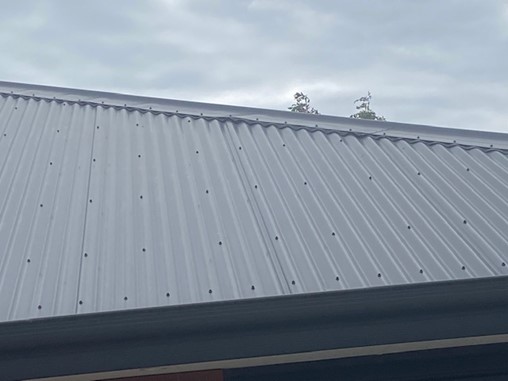Flashing Buckling
As a rule, to minimise buckling, any dimension of a flashing should be a maximum of 300 mm between folds. Even so, transverse flashings such as ridges and aprons can exhibit some waviness due to the combined effects of thermal movement and timber shrinkage.
The only way to eliminate this is to fasten ridges on a hot day to dry timber. As this is seldom practical, light evenly spaced waviness in a ridge or transverse flashing is not considered a defect.
Being highly visible, waviness in barges and external corner flashings can be more problematic. In a situation where there is a low tolerance for waviness, flashings should be designed to keep the width of flat surfaces minimal and to be clip fastened on both edges to accommodate movement. Where possible, manufacturing from a heavier gauge material will also help minimise buckling.
Severe localised irreversible buckling of a flashing caused by compression wood is the result of a defect of the structure and should be rectified. See Compressed Timber.
- Log in to post comments

